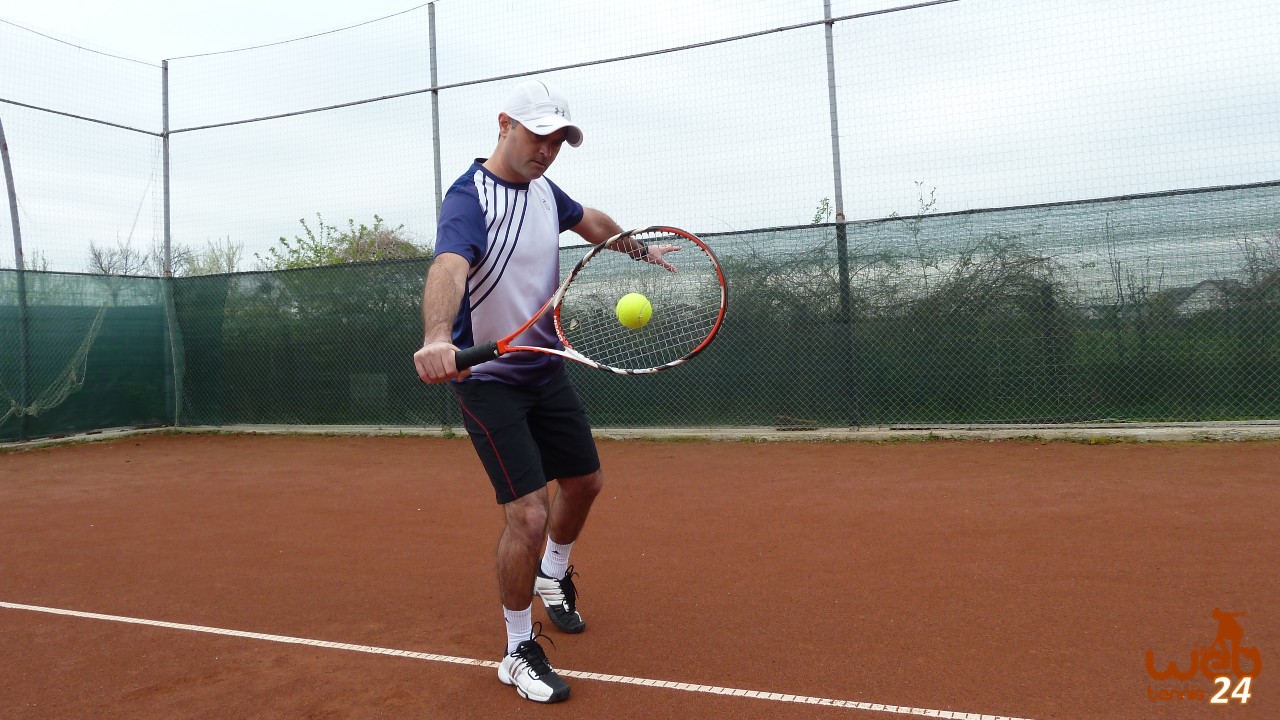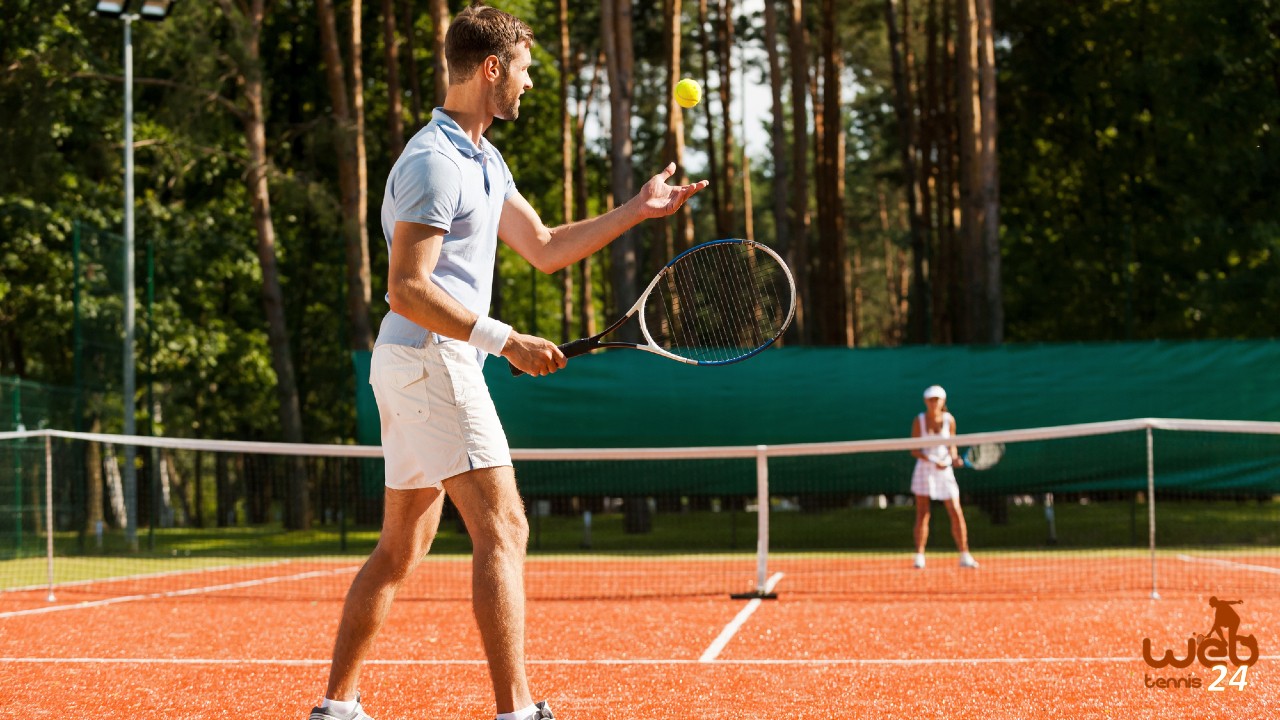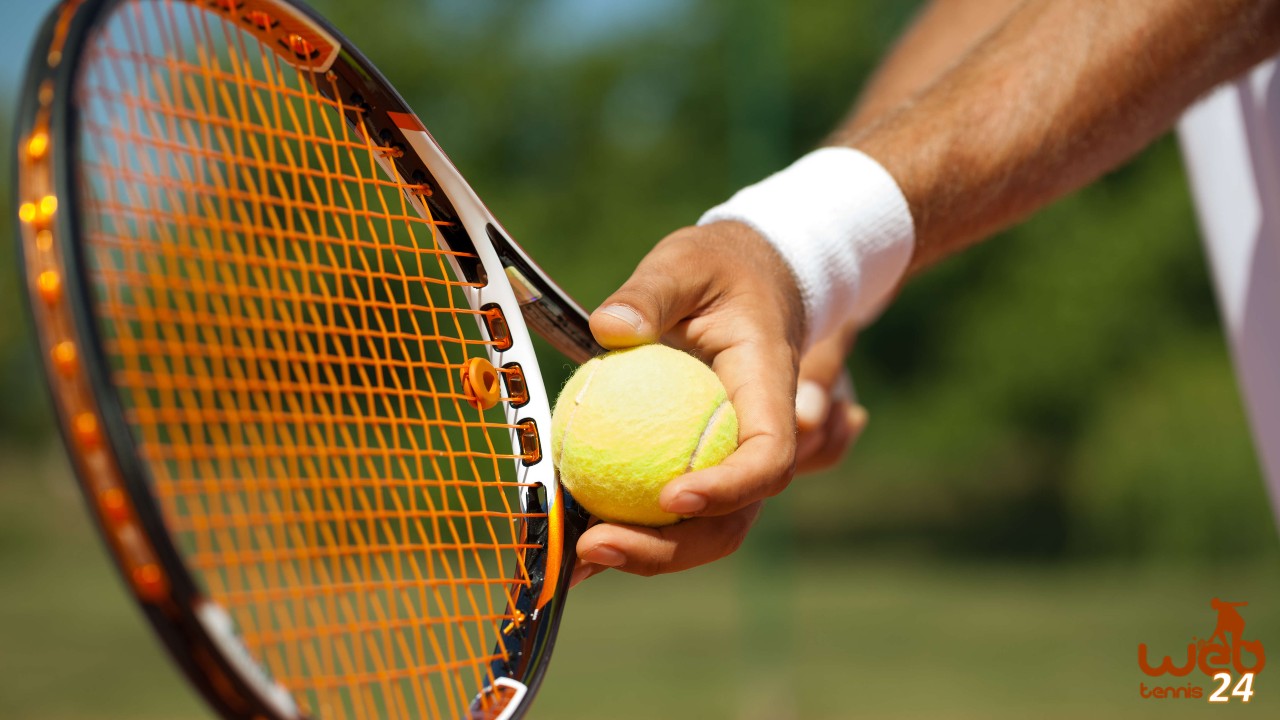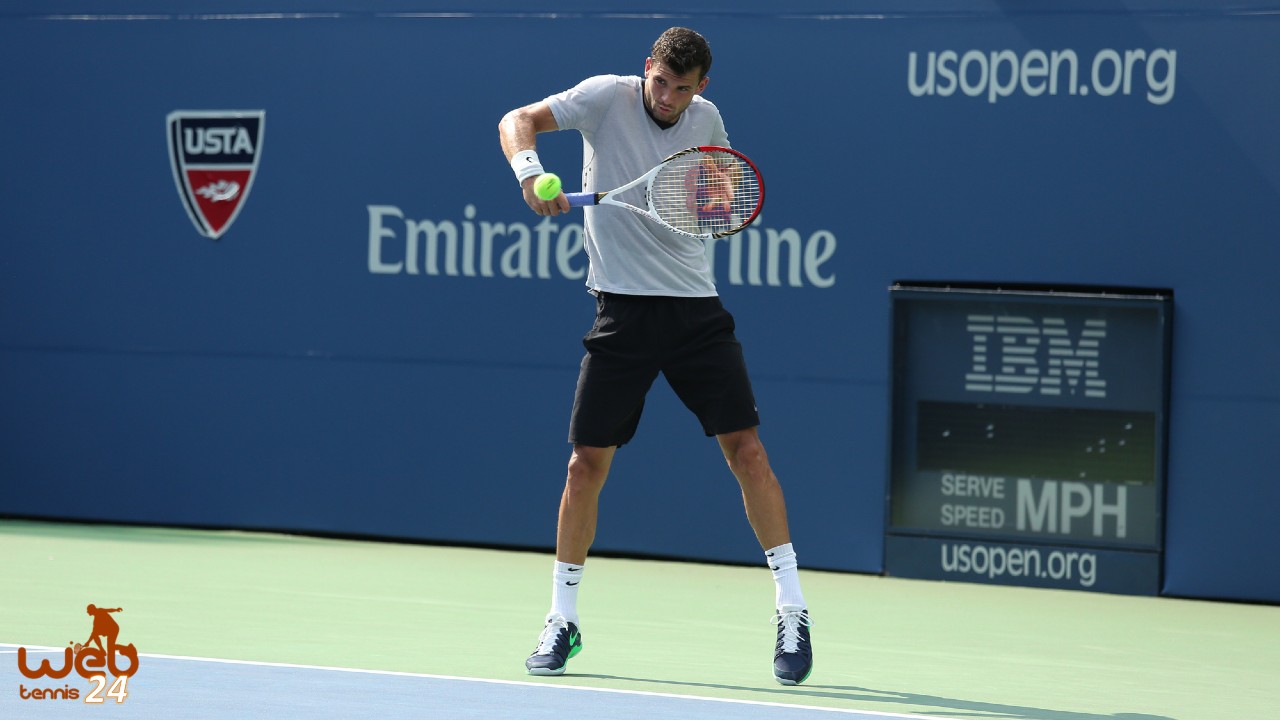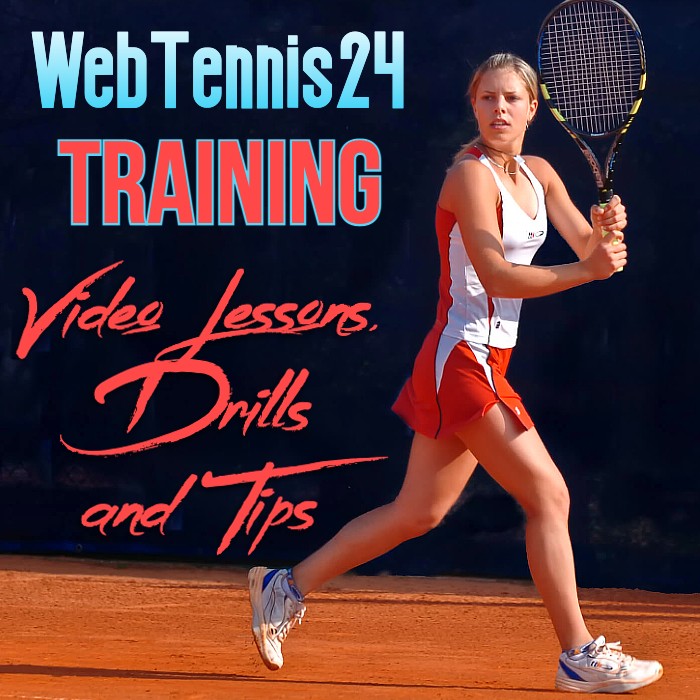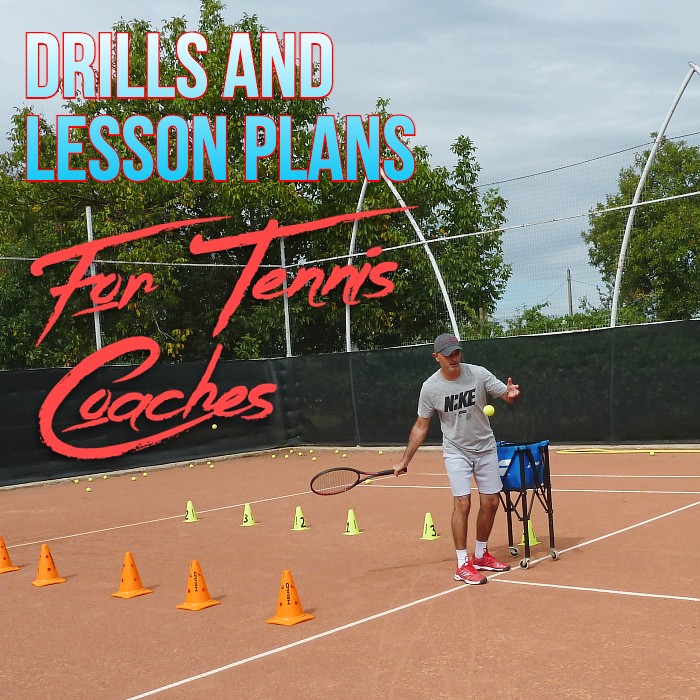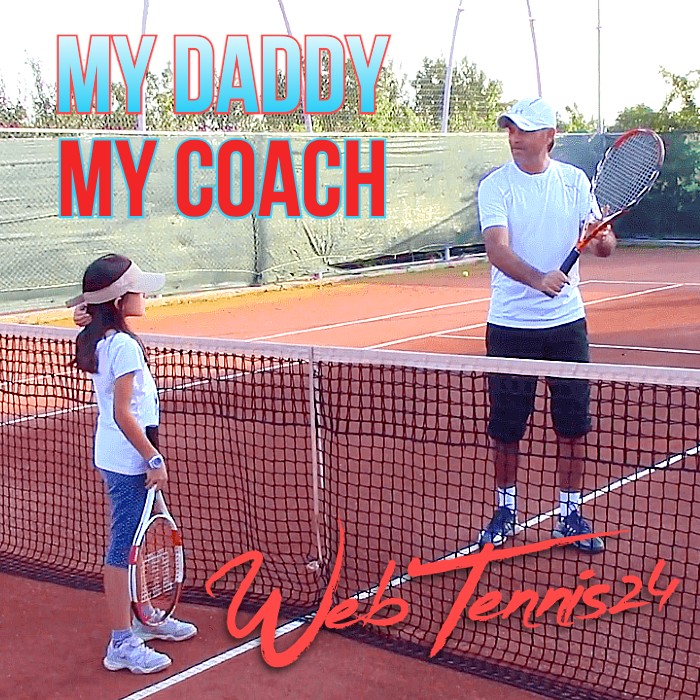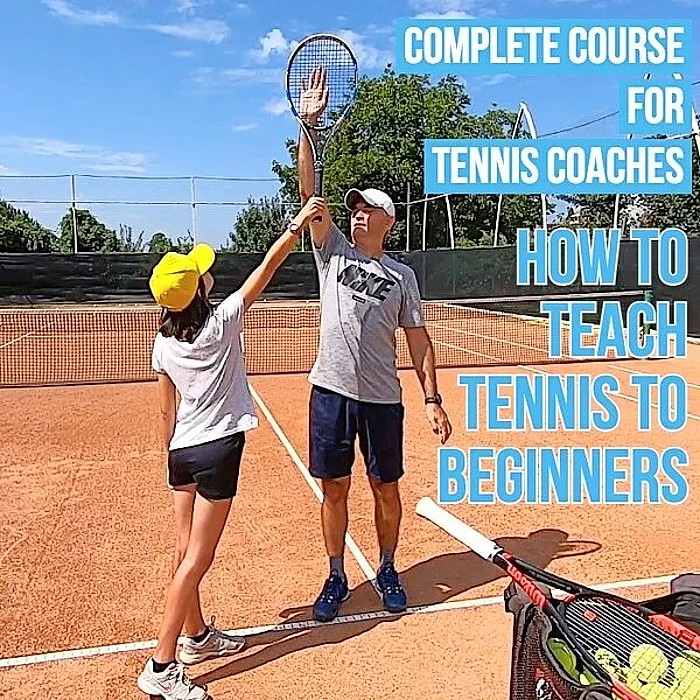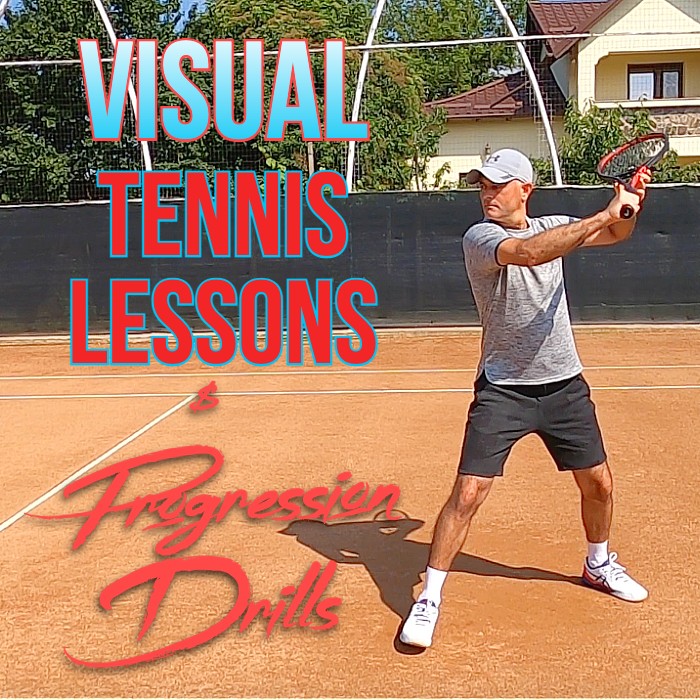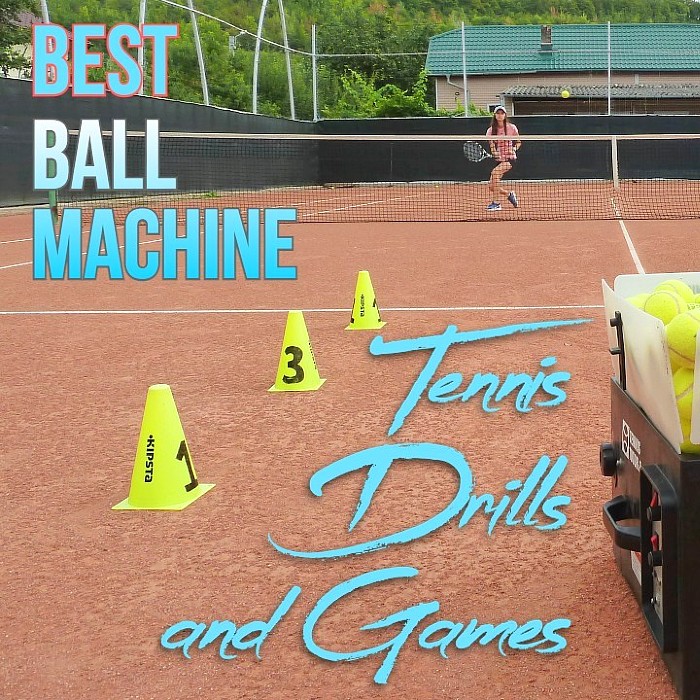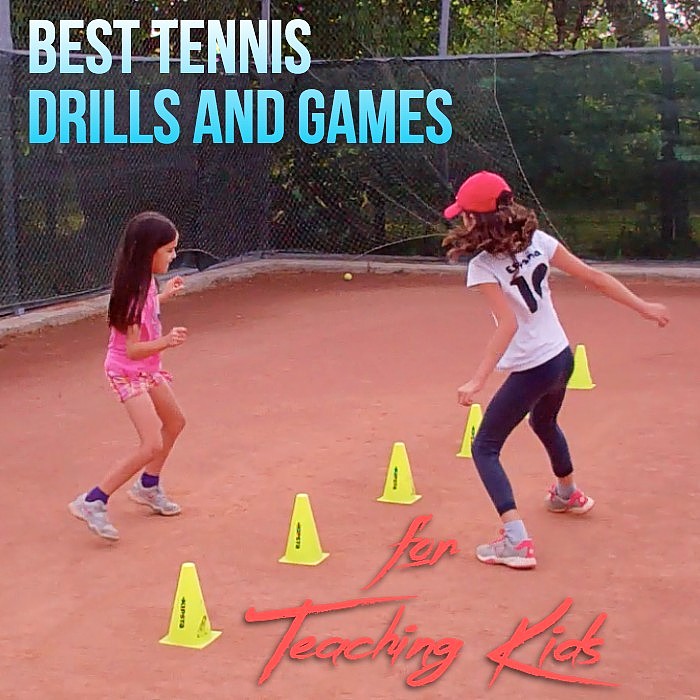If I Could Write About 1 Thing to Make Your Tennis Better, What Would It Be? (Part 2)
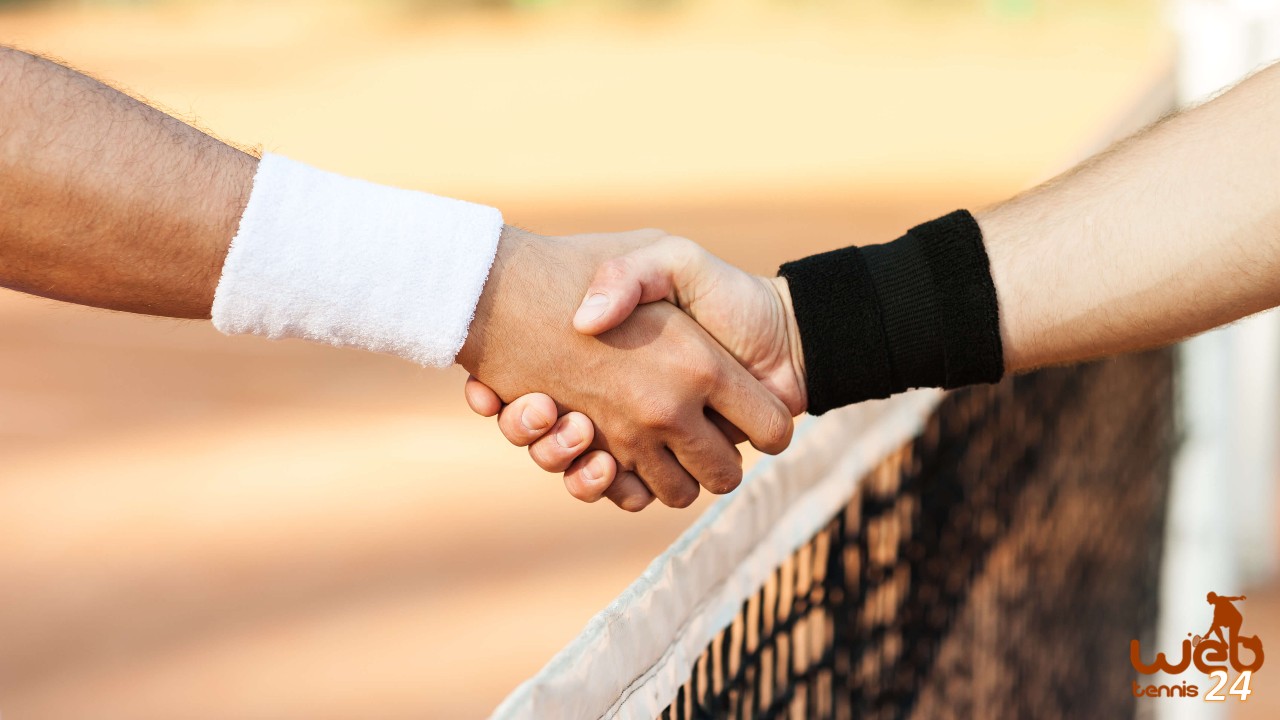
At the beginning of the year (2016), I sent a simple question to over 10,000 tennis players, coaches, and tennis parents:
“If I could write about 1 thing to make your tennis better, what would it be?”
There are many players and coaches who strive for good and straight-to-the-point information.
Now that I’ve been playing tennis for over 28 years and taught this wonderful sport, full-time, for almost 13 years, it would be a great pleasure of mine to share my knowledge.
Below, you’ll find the answers that people wrote in response to the question that was presented (above).
I’ve tried my best to give my honest answers, hoping to clarify the issues and give solutions to improving their tennis.
I’d have to mention that some of the answers that I provided below are already presented in great detail on my website. Some issues are going to be the material for future articles/videos, and the ones I could give my straight opinion on are there to be read and debated (which I strongly advise you to do whether you agree with me or not).
So here are the next 25 requests (click here for the first 50 Q&A) that tennis players and coaches would like to find out more about:
51. “When I am playing I still find the toughest thing to do consistently is to keep my focus. I think I’m focusing, but after a shot I realize that I wasn’t ready or I didn’t watch the ball. There is another issue that seems to be related. When I get into a rally I sometimes freeze up and miss a shot which I have hit thousands of with no problem in practice. It seems to be a lack of confidence or an incidence of panic. I don’t seem to relax and trust my strokes.”
– Some of the tips to answer your concern can be found here (check no. 13).
In regard to missing shots that you’ve practiced a lot outside of competition… it will happen. And that’s because playing under pressure is obviously different: we tend to get impatient trying to finish the point, our movements are more tense and our eyes tend to stay on too many targets under pressure (ball, where the opponent is, court openings, net, etc.).
One tip I could give you in playing more relaxed and with confidence is to stop worrying too much about the outcome of the match. For many years, I played tournaments where after I won matches I went home disappointed for the poor performance despite the win. I found the solution to that when I stopped caring about losing and focused on enjoying playing, going for my shots (regardless of getting them in or out), and overall building good relationships through tennis.
One of the interesting things you will notice a top pro player doing is playing their best when they’re under pressure. It shows us that one should not let panic take over the game. If we go out losing, we should go out fighting.
52. “footwork, good drills to improve footwork”
– We have provided a lot of great drills for speed, coordination, and conditioning at WebTennis24 Training. Enjoy getting fit!
53. “Drills to help make early preparation a habit.”
– My suggestion is for you to consciously practice (not during a match) the following: as soon as you recognize the ball coming to a certain side (e.g. forehand) turn the shoulders and get the racquet set behind the ball before it bounces on your side of the court.
Consistent practice creates habits. Do it often in practice and it will become automatic in the match.
54. “develop proper tennis serve swing cycle and rhythm”
– We have recently posted (what we consider) an excellent serve tennis lesson showing the main technical steps of this important stroke (check out Tennis Lesson: Flat Serve) at WebTennis24.com.
In regard to swing cycle and rhythm, I would also recommend Flat Serve: Progression Drills particularly the “4 Steps (Shadow Drills)” and “Landing and Split Step” where you’ll find two drills to improve the Serve rhythm through shadow swings.
55. “the most difficult thing to move sideways in time.”
– Use a combination of cross-over (first) and side shuffle steps. Best would be to learn by watching videos and then putting it into practice through drills.
A good video in this regard to use as a reference is Recovery Steps after a Wide Ball where you’ll see how to combine the cross-over with the side shuffle to move laterally to the ball and back to cover the court.
56. “One-handed backhand (positioning, grip, etc.)”
– This can be shown through videos which I strongly recommend you take a look at our recent Tennis Lesson: One-Handed Backhand Ground-Stroke and One-Handed Backhand: Progression Drills. You’ll find all the main elements to hit a technically sound and consistent one-handed backhand.
57. “That would be anticipation.”
– Anticipation in tennis comes with experience and a conscientious effort to pay attention to your opponent’s body language before they strike the ball, as well as with good court coverage knowledge. Study those and you’ll find yourself being in the right spot (most of the time), saving energy and winning points easier.
58. “how to develop a focus on the ball (Federer being a perfect example) and NOT lift the head up too early?”
– Let me share one of my tricks that has allowed me for many years to focus on the ball:
Before I have a tough tennis match, I do this exercise (you can call it meditation if you want)… I sit in a chair, comfortably, and look for a spot (no bigger than a button) that is at least 3 feet away. It can be any spot on the wall or… anything. Then I keep my eyes on it without straining my eyes. I stay still and focus on that spot for at least 1 minute.
That has helped me clear my mind and learn to avoid shifting my eyes away from the object (in this case, the ball) which interests me.
Also, in practice, saying to yourself “bounce (when the ball is about to land on your side) – hit (just before contact)” could help you stay focused on the ball too.
59. “as I get older (79) on my next birthday what is the best way to maintain my court movement?”
– I once had a student who was 81. I loved the way he committed to improving his tennis.
I would say you should get better with the choice of shots and understand and use the court geometry to your advantage. Depending on whether you enjoy singles or doubles, there are certain tactics and shot selections you could use in order to run less and cover the court more efficiently.
I’ve spent a great amount of time presenting all the advantages that involve good knowledge of court coverage and how to use them to save energy by positioning in the right spot when playing certain shots.
Get an in-depth analysis of court coverage by clicking here.
60. “how to keep my eye on the ball!”
– Please see no. 58 (above).
61. “I teach my daughter, who is 23 years old; she plays very well, but in a match plays her nerves often a prank. Can you give me some tips on how to train these?”
– The pieces of advice I gave to no. 51 (above) might help in teaching your daughter how to play tennis in a more relaxed state of mind. Best of luck!
62. “I need to improve a lot of aspects of tennis but my number one thing is footwork especially going towards backhand.”
– This spring I’ll demonstrate (through videos) the footwork that applies to different strokes. But until then, check out the advice I gave to no. 55 (above).
63. “How to focus on one shot at a time.”
– I find that keeping track of the score and visualizing myself winning the next point really helps to stay focused in the present and be positive during the match. Try it and see if it helps.
64. “My tennis is in my head. There is nothing too much wrong with my game but I have days when I lose my confidence and play appallingly. Sadly, today was one of them! I definitely need mental strength and self-belief!”
– Please see the advice I gave at no. 51 (above).
65. “Little has been done on the warm-up before matches.”
– This is a great idea for future videos. Thank you for suggesting it! (:
66. “The area I most struggle with is my footwork, often on my forehand in particular getting too close to the contact point.”
– There is a great drill to work on hitting the ball more in front (and avoid making contact too close to your body) – have somebody feed the ball to you (from a basket) while you practice setting up to hit the ball, but instead of hitting it stretch your non-dominant hand out to catch the ball. This will accomplish two things:
1) track the ball (keep your eyes on it)
2) give you a visual cue of where you should make contact with the ball (out and in front)
In regard to footwork, do at least two times per week drills specific to increasing speed and conditioning which you can find plenty at Footwork and Fitness Tennis Drills at WebTennis24 Training.
67. “I’m always told that my spacing to the ball is too close but no one tells me what to do to correct it. I’m right-handed, so is there something I could be doing with my left hand to help me?”
– Funny that you asked! (: I just answered a similar question (see above – no. 66).
68. “How do I ensure that I get a good and proper racquet drop on my serve motion?”
– The racquet drop on the Serve is the result of uncoiling your body and pushing up from the legs in order to meet the ball. Keep your arm and wrist relaxed for a fluent motion.
69. “could you please give me your kind opinion on how to avoid unforced errors.”
– You can obviously cut down on unforced errors by doing the followings:
1) keep your mind distracted from the pressure of the match and your opponent;
2) stick with what you feel comfortable and use the strokes you don’t trust only when you have a clear advantage;
3) keep your knees bent – by doing that you increase your balance by having a low center of gravity;
4) aim higher over the net and at least 3 feet inside the lines; don’t fall for the hype to hit all the balls close to the baseline – making them land just beyond the service line would be sufficient enough to enjoy long rallies and keep your opponent from attacking you;
5) use spin – it is one of the best ways to allow yourself to put more pace on your shots while maintaining the balls in the court;
6) visualize your shots going in; keep a positive attitude and find a way to snap out of negative thoughts;
7) practice the strokes you don’t feel consistent with; use drills that put you under pressure situations as the ones highlighted in the Mental Strength Tennis Drills section.
70. “I need a decent kick serve – giving me both security and aggressiveness on my second serve – most.”
– This is a good idea for future videos. Thank you for suggesting it!
71. “My game is fine but I’d like to know how to teach young children in a group ages 5 to 10 in a more effective way without them getting bored and waiting to hit balls. Sometimes I have to work with 8-10 kids on one court and I find myself stressed out trying to make the lesson fun and educational. It’s hard because most of them are beginners and since there is so many kids on the court it’s difficult to really teach the proper technique to each and spend the proper amount of time with them without neglecting the other kids.
I just started teaching about 6 months ago and I work for an organization that places 8 to 10 kids on the court for each lesson. Sometimes 12 kids.
What tip could you give me?”
– I feel your “pain”… At the beginning of my career, I found myself working for a private school in Southern California where they would bring us (me and another fellow tennis coach) 15 kids with no court – we literally had to stretch a tennis net on a synthetic grass space and teach them tennis. We did the best we could but I recall that period of time being a stressful one.
I congratulate you for your commitment to giving value to those kids even though it is not an easy task.
So here are my pieces of advice which I do hope to help you. By the way, feel free to get in touch with me via email or contact forms on the WebTennis24.com site to let me know how much more I could assist you.
1) try to get kids involved in helping each other with the proper technique: pair them up and ask the players on the right to check the technique of the players on the left;
2) make sure you frequently ask them questions; that keeps them focused and paying attention to your instruction (reward them with an enthusiastic cheer if they give you good answers)
3) use drills and games that kids love (find plenty at WebTennis24 – check out Tennis Drills and Games for Kids)
4) don’t spend too much time on one drill or game; have at least 10 different drills or games ready for one-hour lesson.
5) to teach them proper technique when they are in large groups use games like “Jail Breaker” (which you can find at WebTennis24.com) – that keep kids having fun while you enforce the correct technique.
6) overall, keep it fun!
72. “What is the single most important thing to do to win in a tennis match?”
– This is a simple one: just hit more balls in than your opponent. (;
73. “Return of Serve”
– The key elements in a good return of serve are reading your opponent’s body language (predicting the type of spin and placement), footwork, and preparation.
For details on how to hit a successful return of serve, check out the following articles/videos:
1) Do THIS For a Better Return of Serve
2) Return of Serve Tactics – an excellent resource presenting how, where, and why you should hit your return of serve according to certain tactical situations.
74. “How to handle pace/fast shots from my opponent.”
– First thing I would like to tell you is to improve your technique by shortening the backswing (not taking the racquet too far back when setting up for the shot). This will allow you to prepare earlier and make contact further out in front for more ball control.
Second… stay low. This will allow for better balance and body control.
And last, do not try to match your opponent’s power. Play at the pace you feel comfortable and be consistent with your shots.
75. “Keeping focused and my eye on the ball. I tend to look up at the last moment to look at placement.”
– Besides the advice on keeping the eyes focused on the ball and letting your peripheral vision take care of the ball placement see the answer to no. 58 (above).
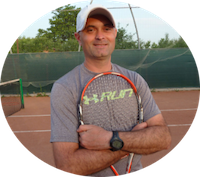
Cosmin Miholca
Certified Tennis Coach
Check out my work at WebTennis24 where I share with you my best video tennis lessons, drills and tips for players, coaches and tennis parents.

